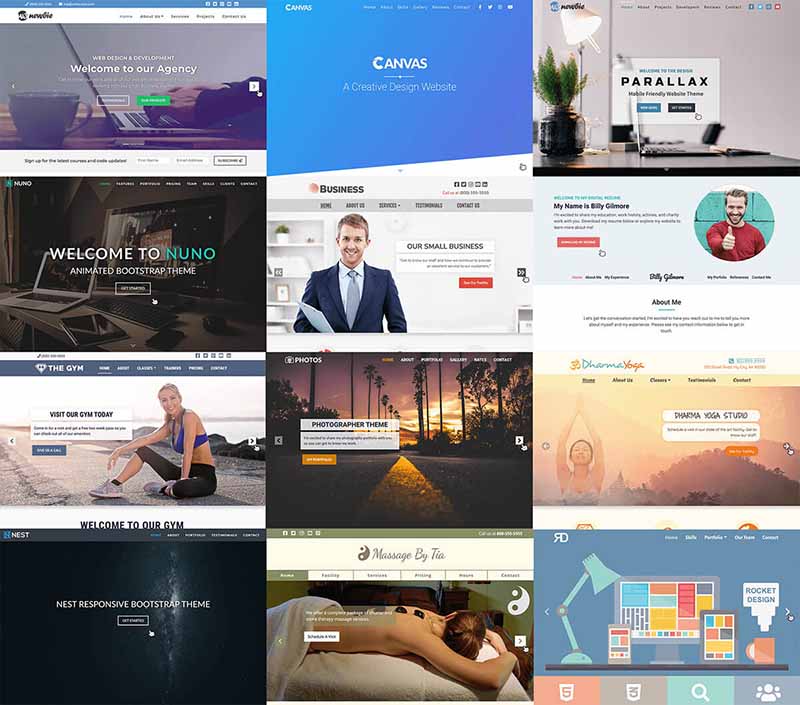CSS Pseudo-Elements
CSS pseudo-elements are keywords that allow you to style specific parts of an element that don’t exist in the HTML markup itself. They offer unique styling capabilities, enabling you to create dynamic and visually engaging elements without additional HTML code.
Here’s how CSS Pseudo-Elements work:
1. Creating CSS Pseudo-Elements:
- Use two colons (
::) after a selector to target a pseudo-element. - Common examples include
::before,::after,::first-letter, and::first-line.
2. Types of Pseudo-Elements:
- Generated content:
::beforeand::aftercreate virtual elements before or after the content of an existing element, often used for decorative purposes, content insertion, or layout adjustments. - Structural pseudo-elements:
::first-line,::first-letter, and::selectionstyle specific parts of the content within an element, like the first line of a paragraph or highlighted text. - Other pseudo-elements: for specific use cases, such as styling form elements (
::placeholder,::checked) or audio/video controls (::cue).
3. Styling Pseudo-Elements:
- Apply CSS properties to pseudo-elements like any other element, controlling their content, dimensions, positioning, colors, and more.
Examples:
CSS:
p::before {
content: "❝ "; /* Add quotation marks before paragraphs */
}
a::after {
content: " →"; /* Add an arrow after links */
}
h1::first-letter {
font-size: 200%; /* Make the first letter of headings larger */
}Benefits of Pseudo-Elements:
- Add visual effects and create unique designs without extra HTML.
- Implement dynamic styling based on user interactions or element states.
- Enhance accessibility by providing visual cues for content structure.
- Improve content readability with emphasis on specific parts.
Key Points:
- Pseudo-elements let you style parts of elements that aren’t directly represented in the HTML.
- They’re indicated by double colons (::) before the name.
- They’re versatile for creating visual effects, enhancing readability, and improving user experience.
Mastering pseudo-elements unlocks a world of creative possibilities in web design. Experiment with different pseudo-elements, explore their potential for visual enhancements, and leverage them to create visually engaging and user-friendly web experiences.





